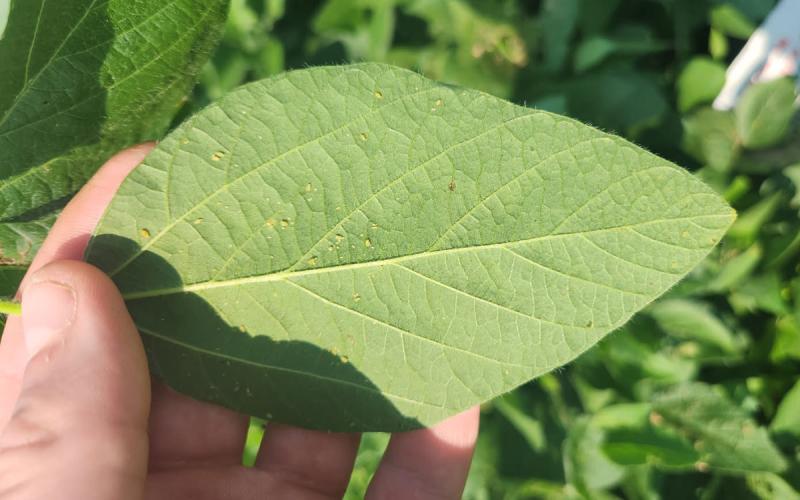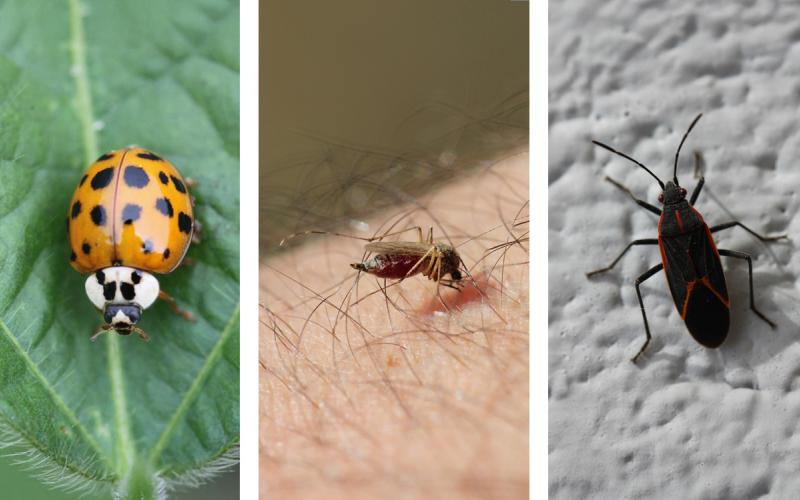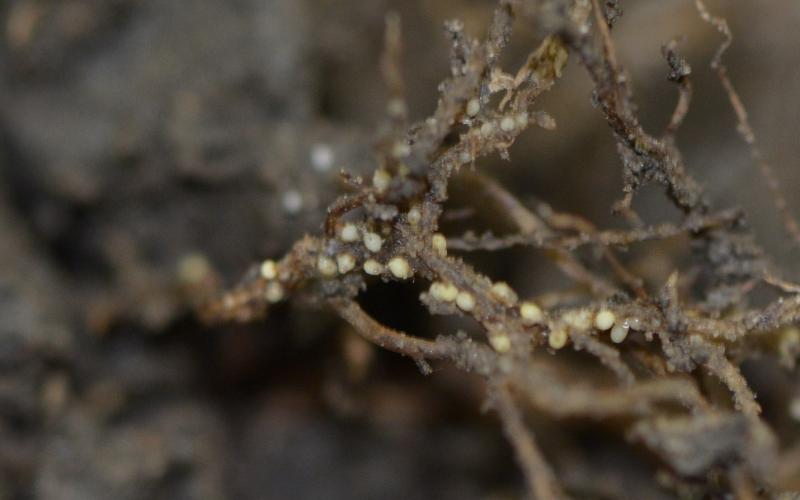
Written collaboratively by Adam Varenhorst, Philip Rozeboom, Patrick Wagner, and Brad McManus.
There have been a few fields this week that were infested with soybean aphids that are getting closer to threshold (Figure 1). However, we are getting closer to the time of year when insecticide applications won’t provide a benefit (R6 growth stage), but there is still some time left that they could cause yield losses. We have also received reports of insecticides being applied to manage soybean aphids in South Dakota.
Management Checklist
Before making the decision to treat your soybean acres, please go through the checklist below.
- Soybean aphid populations are at threshold (either speed scouting or traditional 250 aphids per plant).
- Soybean field is not at the R6 growth stage.
- No soybean aphid mummies or “brown hairy aphids”. The soybean aphid mummies will range from black to white. The white mummies are often puffed up compared to the normal soybean aphid size. The “brown hairy aphids” have been infected by a naturally occurring entomopathogenic fungi that will spread through the population and decimate it. The fungi do well under humid conditions when high aphid populations are present on the plants.
- Determine the presence or absence of natural enemies. If enough natural enemies are present and the soybean aphid populations are below threshold there is the possibility that the natural enemies will maintain or reduce the soybean aphid population.
- If threshold is met, determine which insecticide you will be applying. Remember, any products in the pyrethroid class should not be used in South Dakota as resistance to these active ingredients has been confirmed during previous research studies.
- Use the highest labeled rate for the selected product and select a product that has a single active ingredient.
- Recheck the field 48-72 hours after application to ensure that the insecticide application was effective.
For more information on scouting and aphid identification please refer to our previous article, Soybean Aphids Detected in South Dakota.


